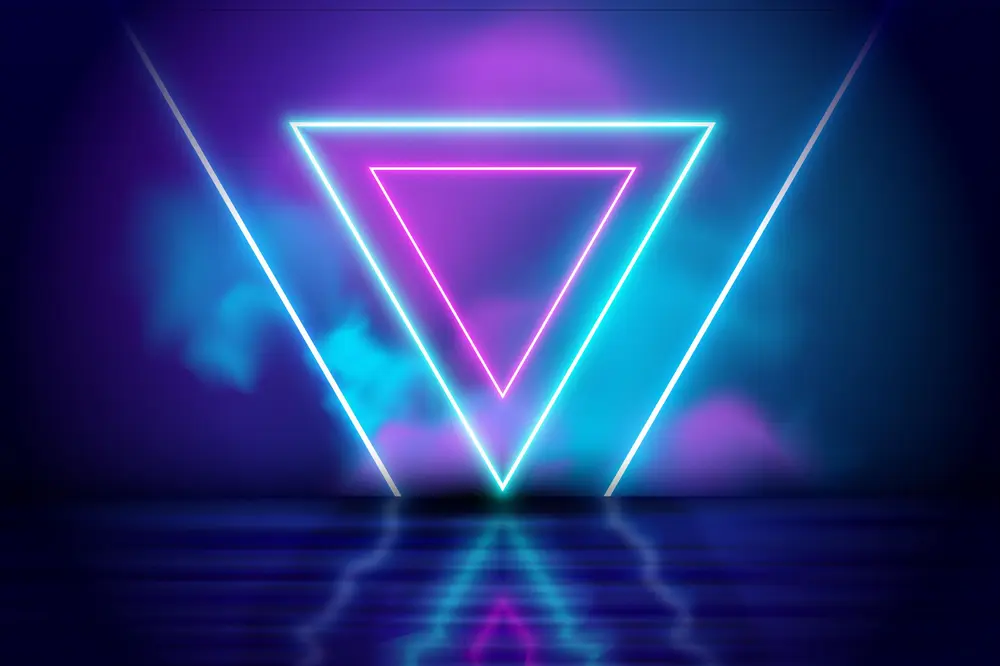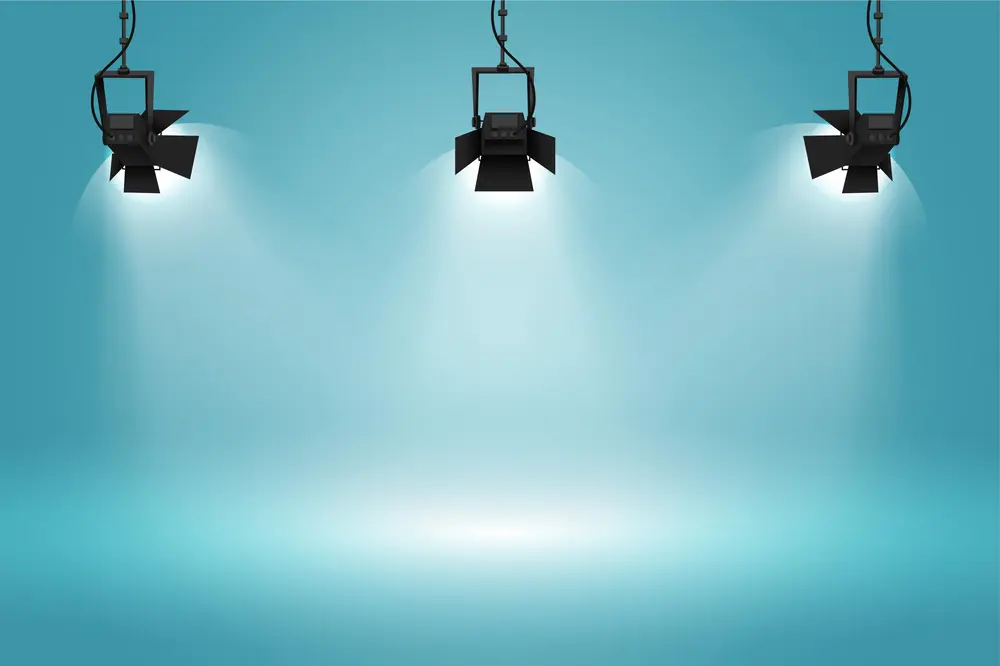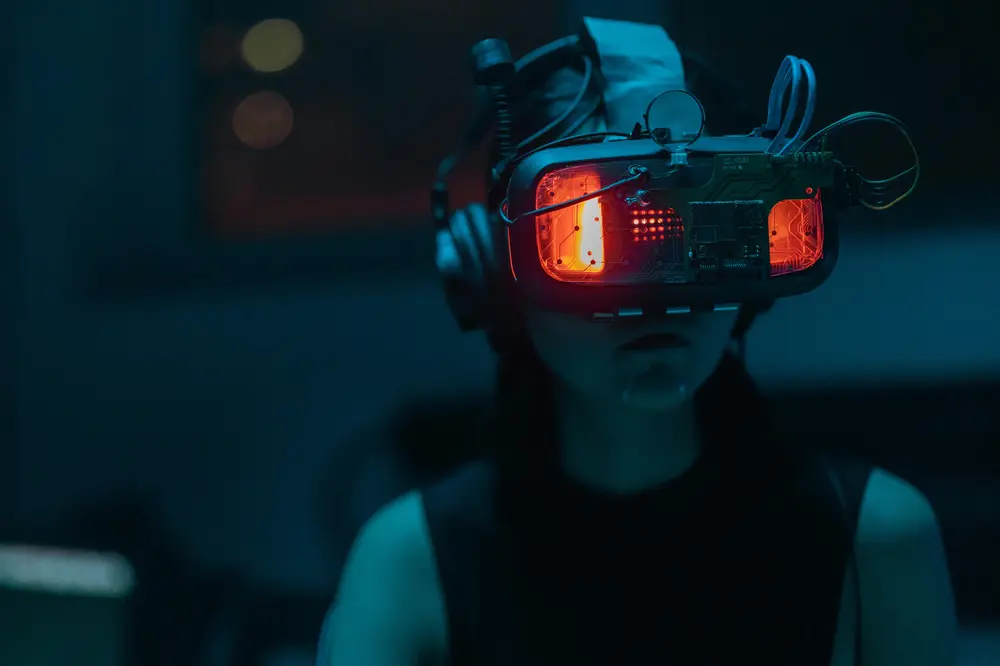Table of Contents
- Introduction
- What Are Laser Projectors?
- Laser vs. Traditional Projectors
- Key Advancements in Laser Projector Technology
- Applications of Laser Projectors
- The Future of Laser Display Technology
- Why Choose Laser Projectors?
- Conclusion
Introduction
The display technology landscape is undergoing a massive transformation, with laser projectors leading the charge. As the future of displays shifts toward brighter, sharper, and more durable solutions, next-generation projectors are redefining expectations for image quality, color accuracy, and longevity.
At ScreenTechnics, we specialize in cutting-edge display innovation, helping businesses and consumers leverage the latest in projector technology. In this blog, we explore how laser display systems are shaping industries—from digital signage and large venue projection to automotive HUDs and augmented reality.
What Are Laser Projectors?
Laser projectors use solid-state lighting (laser diodes) instead of traditional lamps or LEDs to produce vibrant, high-contrast images. Two primary technologies dominate the market:
- RGB Laser: Uses red, green, and blue lasers for unparalleled color accuracy and brightness.
- Phosphor Laser (ALPD): Combines blue lasers with phosphor wheels for efficient, maintenance-free projection.
Key benefits:
✔ High brightness (5,000–40,000 lumens)
✔ Ultra-short throw (UST) capabilities
✔ Light source longevity (20,000+ hours)
✔ 4K & 8K laser projector support with HDR
Laser vs. Traditional Projectors
| Feature | Laser Projectors | Lamp Projectors |
LED Projectors |
|
Brightness |
High (5K–40K lumens) | Moderate (3K–5K lumens) | Low (500–3K lumens) |
|
Lifespan |
20,000+ hours |
2,000–5,000 hours |
10,000+ hours |
| Color Accuracy | Best (100% DCI-P3) | Good |
Moderate |
|
Maintenance |
Minimal | Frequent bulb changes | Minimal |
| Response Time | Instant on/off | Warm-up required |
Instant |
Why laser wins?
- No color decay over time
- Maintenance-free operation
- Superior HDR laser projector performance
Key Advancements in Laser Projector Technology
- Ultra-High Resolution (4K/8K Laser Projectors)
- 8K laser projectors are emerging for cinematic and medical imaging.
- 4K laser projectors dominate home theaters and commercial displays.
- MEMS & ALPD Innovations
- MEMS (Micro-Electro-Mechanical Systems) enable ultra-fast laser scanning for AR/VR displays.
- ALPD (Advanced Laser Phosphor Display) improves efficiency for digital signage.
- Ultra-Short Throw (UST) Laser Projectors
- Project 100″ images from just inches away—ideal for immersive displays in small spaces.
- Automotive & HUD Applications
- Head-up displays (HUD) in cars use laser projection for safer driving.
Applications of Laser Projectors
- Digital Signage & Large Venue Projection
- Laser projectors for large venue digital signage offer unmatched brightness in stadiums and auditoriums.
- Home Theater & Entertainment
- How laser projectors improve home theater experience:
- True 4K HDR with deep blacks
- Whisper-quiet operation
- Augmented & Virtual Reality
- Laser projectors in AR/VR enable high-speed MEMS-based displays for immersive experiences.
- Automotive Displays
- Future of laser display technology in automotive:
- Windshield HUDs with real-time navigation
- Interactive dashboard projections
- Medical & Simulation
- High-precision laser projectors for surgical training and flight simulators.
The Future of Laser Display Technology
🔹 8K Laser Projectors – For next-gen cinemas and simulation
🔹 Flexible Laser Screens – Bendable displays for unconventional spaces
🔹 AI-Optimized Projection – Auto-calibration for perfect image quality
🔹 Energy-Efficient Lasers – Lower power consumption with higher brightness
Why Choose Laser Projectors?
✅ Longevity – 5x longer lifespan than lamp projectors
✅ Image Quality – Superior contrast, color accuracy, and HDR
✅ Versatility – From ultra-short throw to large venue projection
✅ Low Maintenance – No bulb replacements, reducing TCO
At ScreenTechnics, we provide state-of-the-art laser projector solutions tailored for commercial, educational, and entertainment needs.




